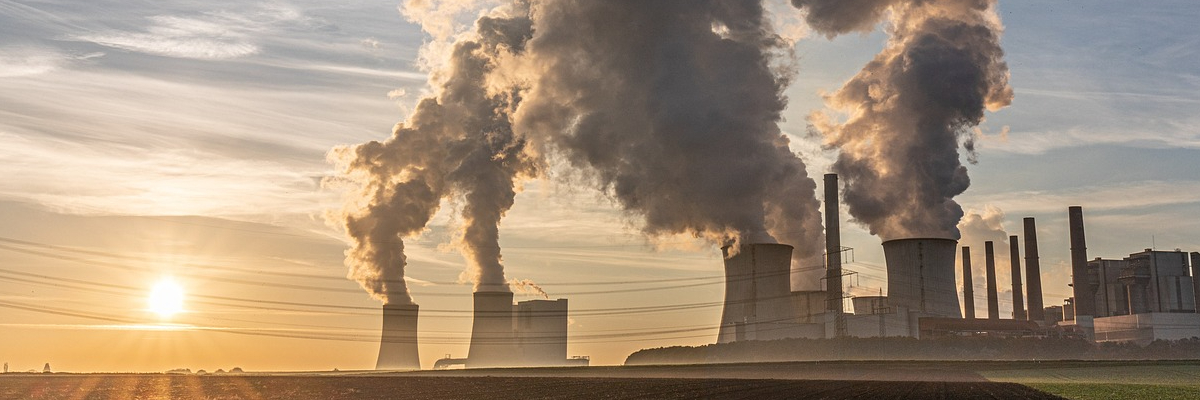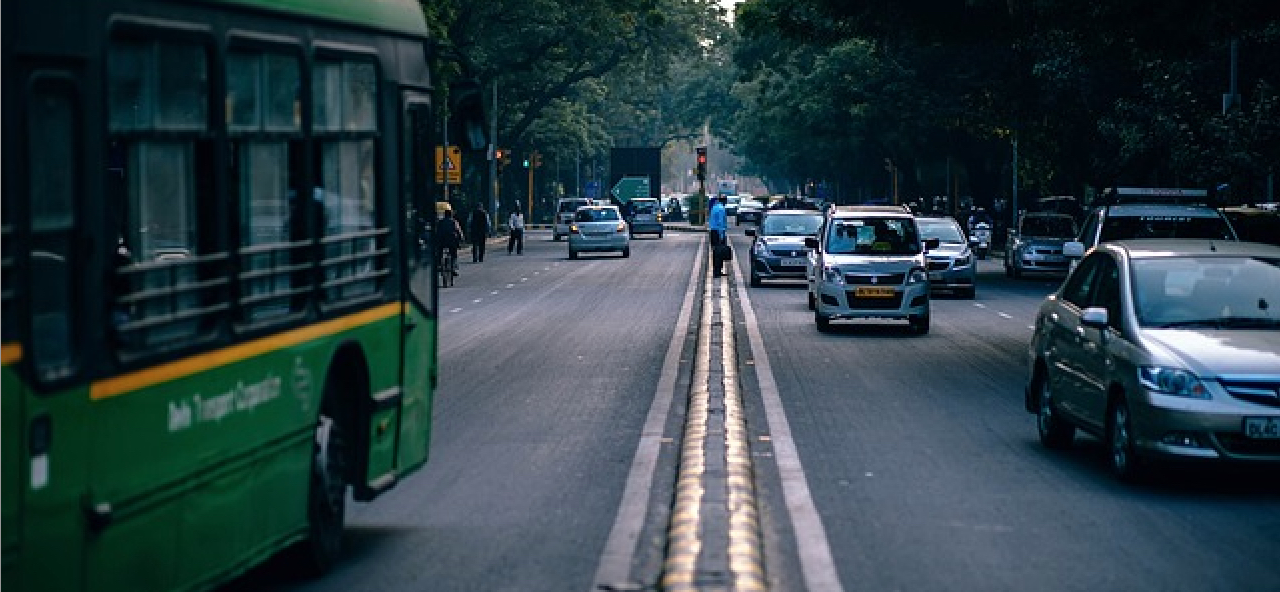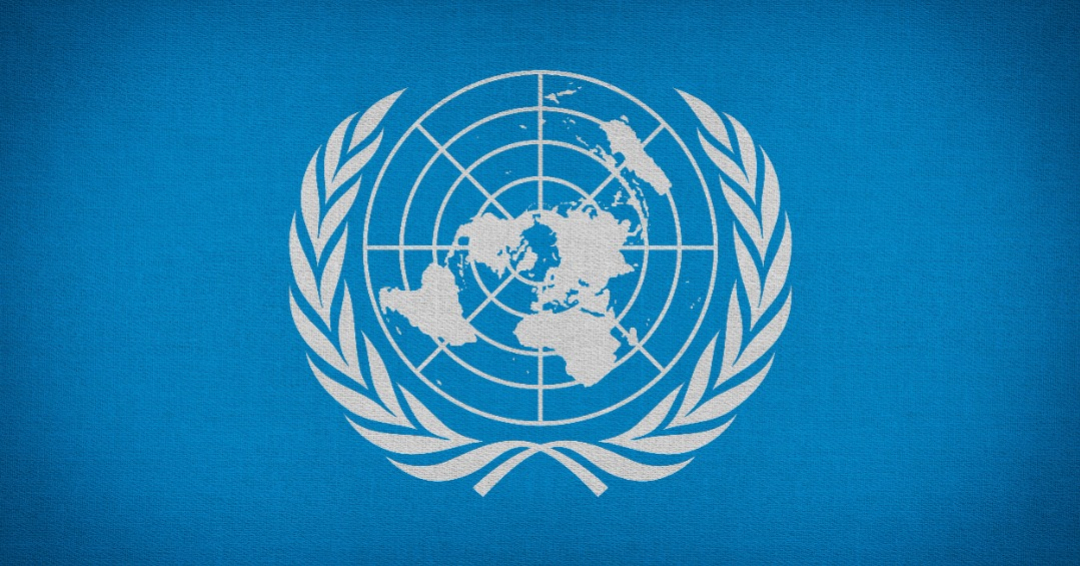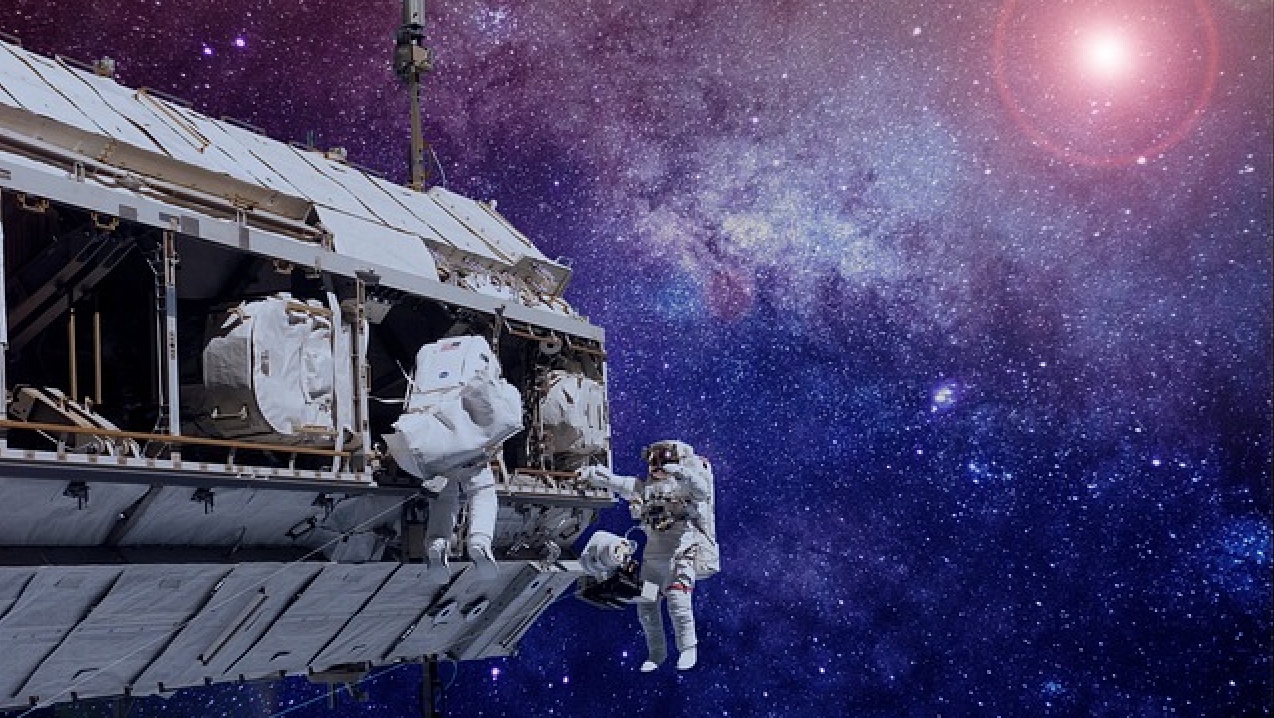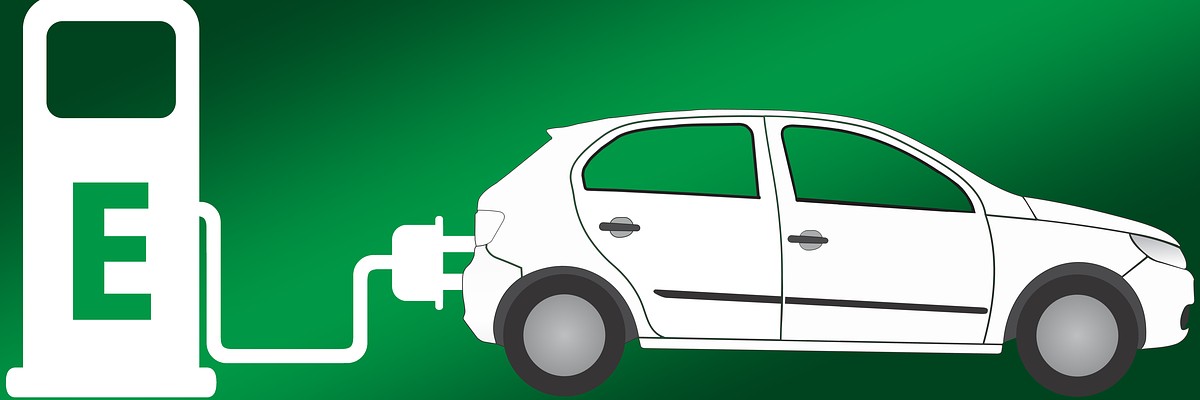Net Zero powered by Pur și Simplu Verde provides concise news, articles, and useful information about the goal of achieving net zero emissions
Net zero refers to reaching an equilibrium between emitting greenhouse gases and absorbing them. The European Union wants to reach net zero (climate neutrality) by 2050. This website publishes new scientific discoveries, local and foreign initiatives, and public policies meant to bring us closer to net zero. It was created combining Artificial Intelligence and human input from our volunteers. It is accessible in both Romanian and in English.You can send us articles you want to see published on this site or suggestions here. Enjoy!
Finnish company Coolbrook claims it can reduce carbon emissions in heavy industry by a third. Currently, many high-temperature chemical processes, such as steel or cement production, rely on fossil fuels as it is difficult, if not impossible, to achieve those temperatures using electricity alone. Coolbrook has developed an innovative system called the "reverse turbine" that can generate green heat. Instead of using fossil fuels, the system utilizes an electric motor to drive the turbine's rotors. Gas or liquid is then introduced into the rotating turbine, and the rotors accelerate the substance to supersonic speeds before rapidly decelerating it, converting kinetic energy into heat. If the motor is powered by green electricity, no carbon dioxide emissions are produced. Laboratory tests...
As smoke from wildfires in Canada engulfed the northeastern United States, bringing record levels of pollution and prompting health emergencies, the event highlighted the intensifying chronic air pollution caused by climate change worldwide. In this situation, ensuring the safety and quality of air has become an urgent issue for designers. Holly Samuelson, an associate professor in architecture at the Harvard Graduate School of Design, is changing the way the design field approaches the complexities of air quality and offering innovative solutions to maintain breathable air. Good design can make new buildings more airtight, preventing the entry of smoke and other pollutants when necessary. Additionally,...
Researchers at Western University in Canada conducted an extensive meta-analysis to investigate the connection between traffic-related air pollution and dementia. The study's findings indicated that living near a busy road can increase the risk of developing this condition. The analysis, which included data from over 90 million people, revealed that exposure to PM2.5 particles (with a diameter smaller than 2.5 micrometers) was associated with a higher risk of dementia. According to the researchers, the risk of dementia increases by 3% for every microgram of suspended particles per cubic meter of air on average annually. The study's results emphasize the importance of reducing exposure to traffic-related air pollution and the need for effective policies in this regard. The researchers warn that without...
The United Nations has adopted the world's first international treaty to protect the high seas, marking a historic milestone in the fight for environmental conservation. The treaty, officially known as the "Biodiversity Beyond National Jurisdiction" (BBNJ) treaty, aims to establish a legal framework that extends comprehensive environmental protections to international waters, which account for over 60% of the world's oceans. After years of discussions and negotiations, UN member states finally reached an agreement on the treaty text in March, and now the focus shifts to its swift ratification to safeguard the oceans and build resilience against climate change. The BBNJ treaty represents a crucial achievement in the conservation efforts for marine ecosystems and biodiversity. It enables the creation of protected marine areas in international waters, where currently ...
New York City has plenty of concrete, but it's not in the desert. Consequently, it faces an increasingly significant flooding problem. One obvious solution to this problem is to bring more soil and greenery into the city. But where? The answer lies in bus stops. One solution is to add gardens to the rooftops of many bus stops around the city. Recent research in this field has concluded that it would be much cheaper than dealing exclusively with floods. Urban planner Ben Matusow came up with this idea during his postgraduate studies at Pratt Institute's Center for Planning and the Environment. "The idea also comes with the opportunity...
Potrivit unui raport recent al industriei, capacitatea globală a sistemelor solare de pe acoperișuri a înregistrat o creștere de 49% în 2022. În ansamblu, capacitatea sistemelor solare instalate pe acoperișuri a crescut de la 79 de gigawați la 118 gigawați anul trecut și se estimează că va ajunge la 159 gigawați până la sfârșitul acestui an, conform SolarPower Europe, o asociație din industrie. Capacitatea totală de energie solară instalată, inclusiv instalațiile pe acoperișuri și arbori de mari dimensiuni, a crescut de la 940 gigawați la 1.177 gigawați anul trecut și se estimează că va ajunge la 1.518 gigawați în acest an. La nivel global, energia solară va genera suficientă energie în 2023 pentru a satisface peste jumătate din cererea de energie electrică a Uniunii Europene, conform raportului. Analiștii avertizează că…
The NASA team of engineers, Woody Hoburg and Steve Bowen, have successfully completed a special mission during a spacewalk, which had a significant impact on power generation on the International Space Station (ISS). The main objective of this mission was to install an IROSA (International Space Station Roll-Out Solar Array) system to enhance electricity production on the 1B power channel of the station. The new system of expandable solar panels measures 60 feet (18.2 meters) in length and 20 feet (6 meters) in width. Each IROSA panel produces over 20 kilowatts of electricity, enabling a 30% increase in power production on the station. This achievement marks the 265th spacewalk conducted in support of the assembly, upgrades, and maintenance of the ISS...
As electric vehicles gain more and more ground on the streets, a new challenge arises: how do we recycle the millions of batteries for these vehicles that are expected to be produced in the coming decades? These batteries are not designed to be recycled, and separating the components can be difficult and dangerous, as some of them contain heavy metals and other toxic substances. Recycling them can also be costly, making it cheaper to purchase new materials.
The global average temperature for the world's ocean surfaces has been between 19.7° and 21° Celsius (67.5° and 69.8° Fahrenheit) since record-keeping began in the early 1980s. However, in late March 2023, the temperature rose above 21° and stayed there for a month, which is an extreme and unprecedented spike. The most recent reading, from April 26, was just below 21°.This is abnormal, as in March, the average sea surface temperatures usually start to decrease as the Southern Hemisphere transitions from summer to autumn. The Southern Hemisphere has more ocean coverage than the Northern Hemisphere, which has more land masses. As the southern oceans cool, they lower the average global sea surface temperature.
Plastics, derived mainly from petrochemicals, have a large carbon footprint and contribute to 3.4% of global greenhouse gas emissions. They are also a major source of pollution, as they take a long time to decompose. By 2050, there could be more plastic in the oceans than fish. Japan, the second-largest consumer of plastics per capita, has pledged to achieve carbon neutrality by 2050. Kanazawa University is spearheading a government-funded initiative called COI-NEXT, focused on utilizing cellulose to develop bioplastics. Bioplastics are a diverse group of materials that can be produced with low emissions and derived from renewable plant resources. Some bioplastics are created using microbes, but ...


